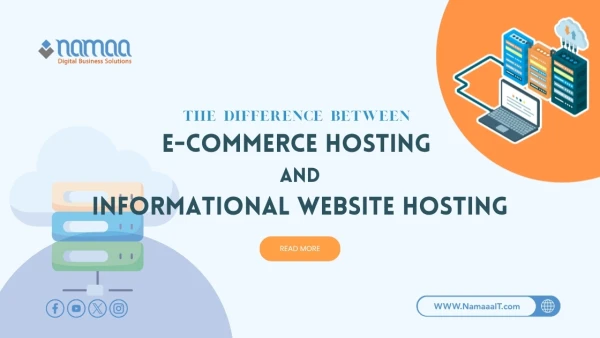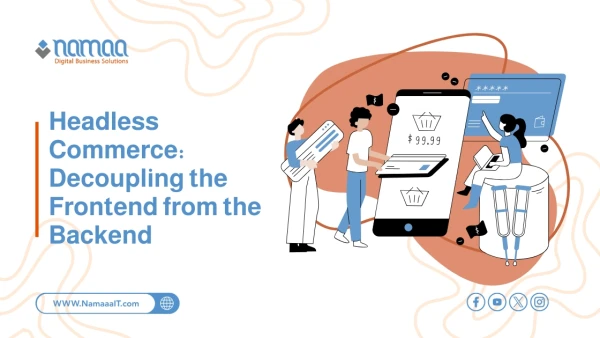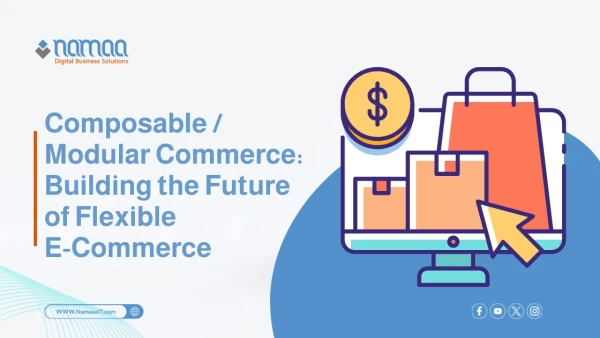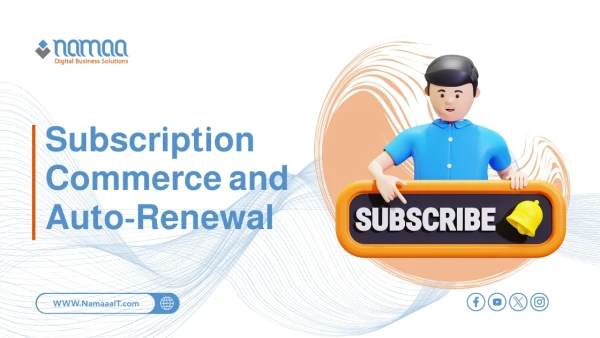Integration of Enterprise Resource Planning (ERP) systems with e-commerce platforms has become essential for any company seeking growth and competitiveness in the digital marketplace. This integration enables dynamic, real-time connection with the product catalog, ensuring instant updates between both systems. It also ties sales directly to electronic invoicing, improving the accuracy of financial operations and delivering a seamless customer experience. Furthermore, it allows real-time inventory tracking, smooth coordination with operations, and supports the marketing team in synchronizing promotions across all branches—leading to faster, more effective decision-making.
What Is an ERP System and Why Is It Important?
An ERP system is a comprehensive software solution designed to unify a company’s administrative, financial, and operational processes into a single centralized system.
It’s used to manage accounting, inventory, human resources, sales, and procurement—facilitating seamless data flow between departments and eliminating duplication or data loss. The key value of ERP lies in its ability to provide a holistic, real-time view of company performance, helping managers make strategic decisions based on accurate, up-to-date information.
ERP also enhances operational efficiency and reduces costs through automated routine tasks and minimized human error.
How Does ERP Integration with E-Commerce Platforms Work?
ERP integration with an e-commerce platform involves a direct, automated data link between the online store and the central management system. This ensures that all business operations—such as product updates, order processing, and shipment tracking—are synchronized seamlessly without manual intervention. Integration typically involves the following stages:
- Data Transfer
Automatically transfer product data, pricing, and availability from ERP to the online store.
Update order statuses and inventory levels in real time.
- Instant Synchronization
Instant syncing of sales and invoicing across both systems.
Real-time updates of customer information and promotions.
- Integration with Other Operations
Connect logistics and delivery workflows with the central system.
Combine performance reports and analytics into a unified dashboard.
Also known as system integration or digital integration, this connection accelerates business workflows and enhances user experience.
Benefits of Real-Time ERP & Product Catalog Link
Linking ERP to your product catalog in real-time is fundamental to e-commerce success. It ensures accurate, up-to-date information—like pricing, specs, and availability—reducing outdated or incorrect data on your site. Key benefits include:
- Ensures actual product availability, minimizing out-of-stock issues.
- Automatically updates pricing during promotions or cost changes.
- Eliminates manual product data updates.
- Improves search engine ranking due to accurate, fresh content.
- Builds trust through transparency.
Real-Time Inventory Management: Boosting Efficiency
Real-time inventory management is one of the major advantages of integrating ERP with e-commerce. It updates stock levels instantly with each sale or restock, reducing human error and preventing stockouts or overstocking. This boosts operational efficiency and decreases warehousing costs. See the comparison:
| Element | Before Integration | After Real-Time Integration |
|---|---|---|
| Inventory Accuracy | Low | High |
| Error Rate | High | Low |
| Response Time | Slow | Instant |
| Customer Satisfaction | Moderate | High |
Instant Sales & E-Invoicing Connection
Linking sales to e-invoicing in real time is a core part of digital transformation. With ERP integrated into your e-commerce platform, each sale automatically generates an invoice that's sent directly to the customer—no manual work needed. Benefits include:
- Reduced time spent on manual invoicing.
- Compliance with local electronic invoicing regulations.
- Increased financial transparency.
Faster invoice delivery improves cash flow and customer satisfaction.
How Integration Enhances Customer Experience
ERP and e-commerce integration enhances the customer journey by ensuring accurate product details, real-time stock levels, and fast order processing. Customers can track orders, receive timely shipping updates, and benefit from correct billing. This builds trust and boosts retention. Key improvements include:
- Swift answers to customer inquiries with centralized data.
- Personalized offers based on purchase history.
- Faster order and shipping processing.
- Higher satisfaction and loyalty.
Integration’s Role in Marketing Effectiveness
ERP and e-commerce integration empowers marketing teams with centralized insights into customer behavior, sales trends, and purchase patterns—enabling data-driven campaign design. It automates promotional messaging tied to real-time data (e.g., newly available stock or seasonal deals). Marketers can measure campaign ROI accurately and adjust strategies quickly.
Synchronizing Promotions Across Branches & Online Store
For businesses with multiple branches, aligning in-store and online promotions is challenging. ERP integration solves this by:
Offer Management
- Enter a promotion once in ERP and push it to all outlets and the online store.
- Update offers in real time with price or condition changes.
Execution Monitoring
- Track whether branches are applying promotions correctly.
- Analyze offer performance across locations and digital channels.
- This ensures consistent pricing and customer experience, improving brand trust.
Efficient Order Management Through Integration
Order management is vital for any e-commerce business or retail chain. With ERP integration, every order—from receipt to delivery—is tracked in real time. This reduces manual errors, improves visibility, and boosts fulfillment accuracy. Additional benefits include:
- Quicker order and shipping processing.
- Better coordination between warehouses and branches.
- Fewer stockouts or delivery delays.
- Higher customer satisfaction and repeat purchases.
FAQs About ERP & E-Commerce Integration
- Q1: Can an ERP system connect to multiple e-commerce platforms at once?
Yes—many modern ERPs support simultaneous integration with platforms like PolarisMAX and WooCommerce, enabling centralized sales management across channels. - Q2: What is the cost of ERP integration with an e-commerce platform?
Costs vary based on company size, transaction volume, and system features. Expenses typically include licensing, development, support, and staff training. - Q3: Does ERP integration support customer service and technical support?
Some ERPs include modules for CRM and support services, enabling complaint tracking and support analytics within the integrated system. - Q4: How secure is data when connecting ERP and e-commerce systems?
Security depends on system robustness and protocols. Modern ERPs offer advanced encryption, regular backups, and real‑time monitoring to prevent breaches. - Q5: Can ERP systems deliver custom performance reports when integrated with e-commerce?
Yes, most modern ERPs allow customized reporting and analytics and exporting in various formats for easy review and sharing.
Summary
Companies integrating ERP with e-commerce see up to 30% improvements in stock management, reducing out-of-stocks and inventory errors.
Real-time ERP-platform integration speeds up order processing by 35%, significantly cutting delivery times.
Over 60% of firms report fewer financial errors and faster payment cycles after linking sales with e‑invoicing via ERP.
Customer satisfaction climbs by 25% due to improved shopping experience and accurate product data.
Unified promotions across branches and platforms drive up to 20% sales growth during sales seasons.

.webp)







